
by Gideon Marcus
There's a change brewing, slowly but surely. If you've been anywhere near a radio, TV set, or newspaper, you know that the spark lit by the Supreme Court in Brown vs. Board of Education has kindled into a fire, a burning energy to make Black people in America "Free at Last." We've seen it in countless marches, integrating schools, the new civil rights legislation slowly working its way through Congress, and (sadly) the deplorable counterattacks by reactionary white supremacists.
The battleground also exists on television. Black people have been few and far between on the little screen: Jack Benny's assistant, Rochester; the dispatcher on Car 54 Where are You?; Ethel Waters playing a dying blues star on Route 66 (and not a dry eye in that house); non-speaking Marines on the set of The Lieutenant.
Last week marked a refreshing change in the right direction. First, there was an episode of East Side/West Side, a dramatic look at social workers in New York City. A Black actor was cast in the role of a psychiatrist, diagnosing the outlook for a mentally impaired individual. It was a breakthrough for me because it was the first time I saw a Black man cast as the erudite smart one of an ensemble cast. Moreover, I believe I've seen this character before, which would make him semi-recurring.

This week's episode of East Side/West Side did not feature the psychiatrist, but (even better) focused on a Black family and the hardships they endured after they lost their young child. It starred James Earl Jones, whom I know from his stage work, as well as several other actors and actress with whom I was not familiar, but who all turned in excellent performances.
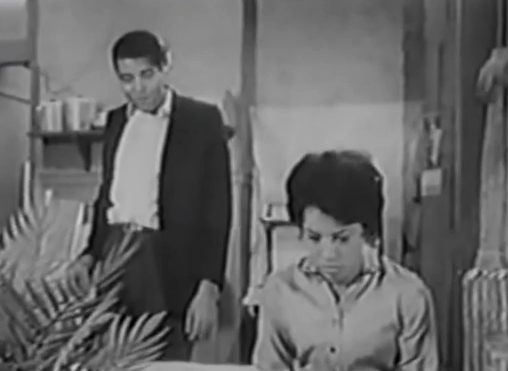
Last week, there was an episode of The Great Adventure, an educational series spotlighting important moments in American history, depicting the story of Harriet Tubman, who helped thousands of slaves to freedom through the Underground Railroad in the 19th Century.

And this week, actor/playwright Ossie Davis appeared on the game show, To Tell the Truth!

It's happening, little by little, in all walks of life. There is light at the end of this tunnel.
And speaking of welcome surprises, I'm happy to present the second issue of the science fiction quarterly, Gamma. After last month's dreadful line of mags, it was such a relief to have reading material I could look forward to.

Gamma styles itself as a kind of F&SF plus, getting the best stories with the highest literary merit. So far, they're doing great. Gamma 2 is, despite the gorgeous cover by Dollens, really more of a fantasy/horror mag, as befits its publication date, occurring as it did just before Halloween and Dia de los Muertes. So light the hearth, put a kettle on, and prepare to enjoy a fiendishly pleasant experience:
The Granny Woman, by Dorothy B. Hughes
Novelist Hughes offers up an evocative tale of the Ozarks in which a professor from the city investigates the recent death of The Granny Woman, widely rumored to be a witch. Was it natural causes, or did the village-folk hex the reputed hexer? Not sf, not even really fantasy, but a lovely tale just the same, and suitably spooky for the holidays. Four stars.
The Old College Try , by Robert Bloch
An over-eager colonial administrator is dispatched to an alien world to oversee the native mine workers, ignoring the advice from his laid-back predecessor that it is often better to get along than steam headlong into the winds of tradition.
It's a competently written, Sheckley-esque satire with a joke ending you'll see a mile away. Bloch, the author of Psycho, is one of the more effective horror writers out there, but he didn't strain his talents making this piece. Three stars.
Michael, by Francesca Marques
Every five year old dreams of going on an adventure, but are the aliens calling Michael real or a sign of his mental instability? Told from the point of view of his older sister, this is a beautiful vignette with an excellent sting in its tail. Well done, Francesca, especially for a first tale! Four stars.
Deus Ex Machina by Richard Matheson
Robert Carter, 34, accountant and father, lives a perfectly normal life until the morning he simultaneously bumps his head and cuts his throat — exposing the wires and oil that betray his robotic origin. Has Carter gone mad or is he on his way to discovering the truth of the world?
It's not a bad piece, but like Bloch, Matheson (possibly the finest sff screenplay writer in the business) did not devote much effort this passable but forgettable work. Three stars.
The Kid Learns, by William Faulkner
Where Gamma 1 featured an early genre piece by Tennessee Williams, this time around, it's William Faulkner's turn. The Kid Learns dates back to 1925 and involves a young crimelord aspirant who tangles with a rival and ends up on a date with death. Good, not great, but I did appreciate that I had to read twice to understand what had happened. Three stars.

King's Jester, by Jack Matcha
An overagitated corporate executive hires a Court Jester to lighten the mood, but the contract only serves to facilitate a complete breakdown — of the president and the company. A overly heavy piece that thuds to an ending, I wasn't particularly impressed. Two stars.
Here's Sport Indeed! by William Shakespeare and Ib Melchior
Ib Melchior, son of opera star Lauritz Melchior, has combed the works of The Bard to assemble the damnedest tale of planetary exploration you ever read. An utterly insane exercise, and one that tickled me in all the right places. Five stars.
Portfolio by Burt Shonberg
Here's something nifty: The fellow behind the weird paintings in the film, The House of Usher, has provided several new weird compositions just for this issue. Worth a look. 5 stars.

The Undiscovered Country, by William F. Temple
History is filled with episodes wherein rapacious foreigners kidnap the local princess. In this case, her highness is a telekinetic from Pluto, and Earthers are the bad guys. A well-told story marred by the utterly human form of the aliens despite their wildly differing climate, as well as the moral implications: we should be rooting for the girl, but the story is written sympathetically to the terrans. Three stars.
The Gamma Interview: Robert Sheckley
You better believe I turned to this piece first, and I was not disappointed. Bob, now situated in Italy and sustaining a shamefully low output to our genre, discusses his views on science fiction and his role in it. Five stars of goodness from one of the field's greats.
Castaway, by Charles E. Fritch
Gamma's editor once again takes up the quill for his own publication, much to the benefit of the issue. His story about a shipwrecked Earther, whose planetary imprisonment outlasts the endurance of his physical body, is just beautiful. Five stars.
Something in the Earth, by Charles Beaumont
As with the last issue, both of Twilight Zone's most featured guest writers make an appearance here (Matheson is the other one). Sadly, Beaumont's tale of Earth's last patch of forest and the fellow who appoints himself its defender is overly sentimental and not particularly insightful. Two stars.
I'm Only Lonesome When I'm Lonely, by William F. Nolan
For some people, drifting from cocktail party to cocktail party, living on scotch and the company of others, is a way of life. But as Nolan's story demonstrates, it's always possible to have too much of a good thing. An impressively dialogue-reliant piece. Four stars.

artwork by Luan Meatheringham
Sombra y Sol, by Ray Bradbury
Sadly, the mag ends with the softest of whimpers as everyone's (but mine) favorite "sf" author presents a sort of prose poem, likening the death of little Raimundo during the Day of the Dead to the bull's inevitable end in the arena. Dry, affected, and just plain bad. One star.

Well, I hate to end on a sour note. The fact is, this issue is well worth the 50 cent price, rough patches aside. Get yourself a copy while you can.
Based on the quality of this and the last issue, I'd get a subscription, too. And perhaps you can catch reruns of The Great Adventure and East Side/West Side next summer. That would make your 1964 quite bright, indeed!



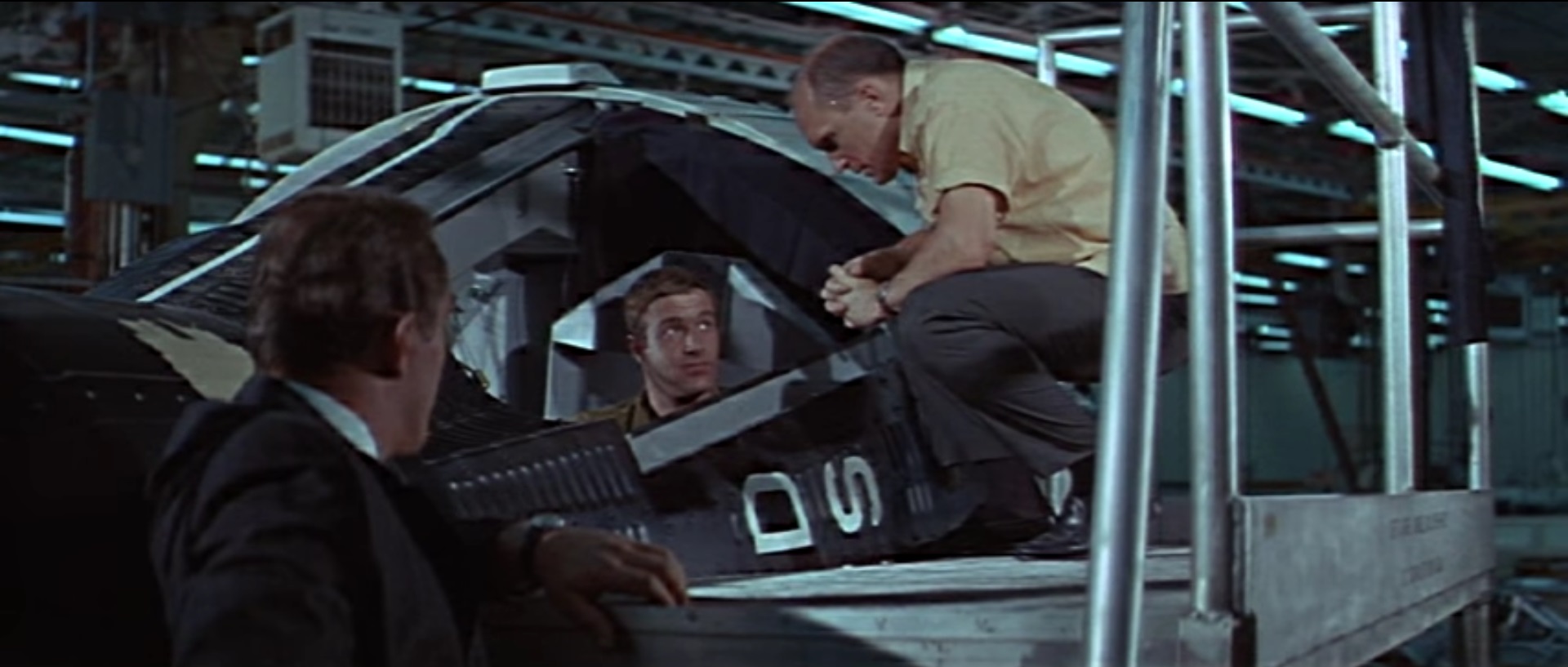

![[May 16, 1968] Counting down, and a blast from the Past (<i>Countdown</i> (1967) and <i>The Time Travelers</i> (1964))](https://galacticjourney.org/wp-content/uploads/2023/05/680516posters-672x360.jpg)
![[January 16, 1965] What a Difference a Year Makes (<i>The Outer Limits</i>, Season 2, Episodes 13-17)](https://galacticjourney.org/wp-content/uploads/2020/01/650116end-672x372.jpg)


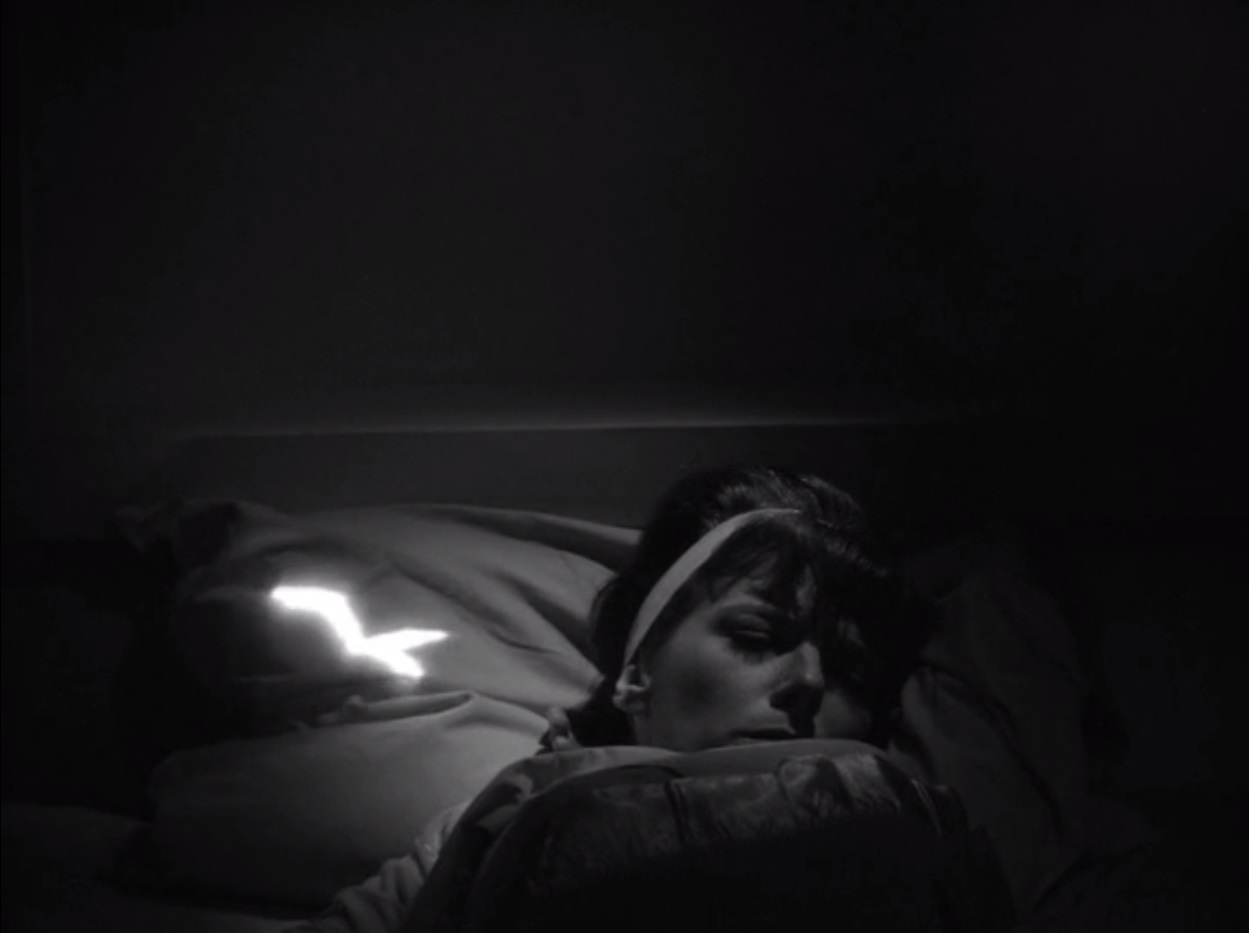


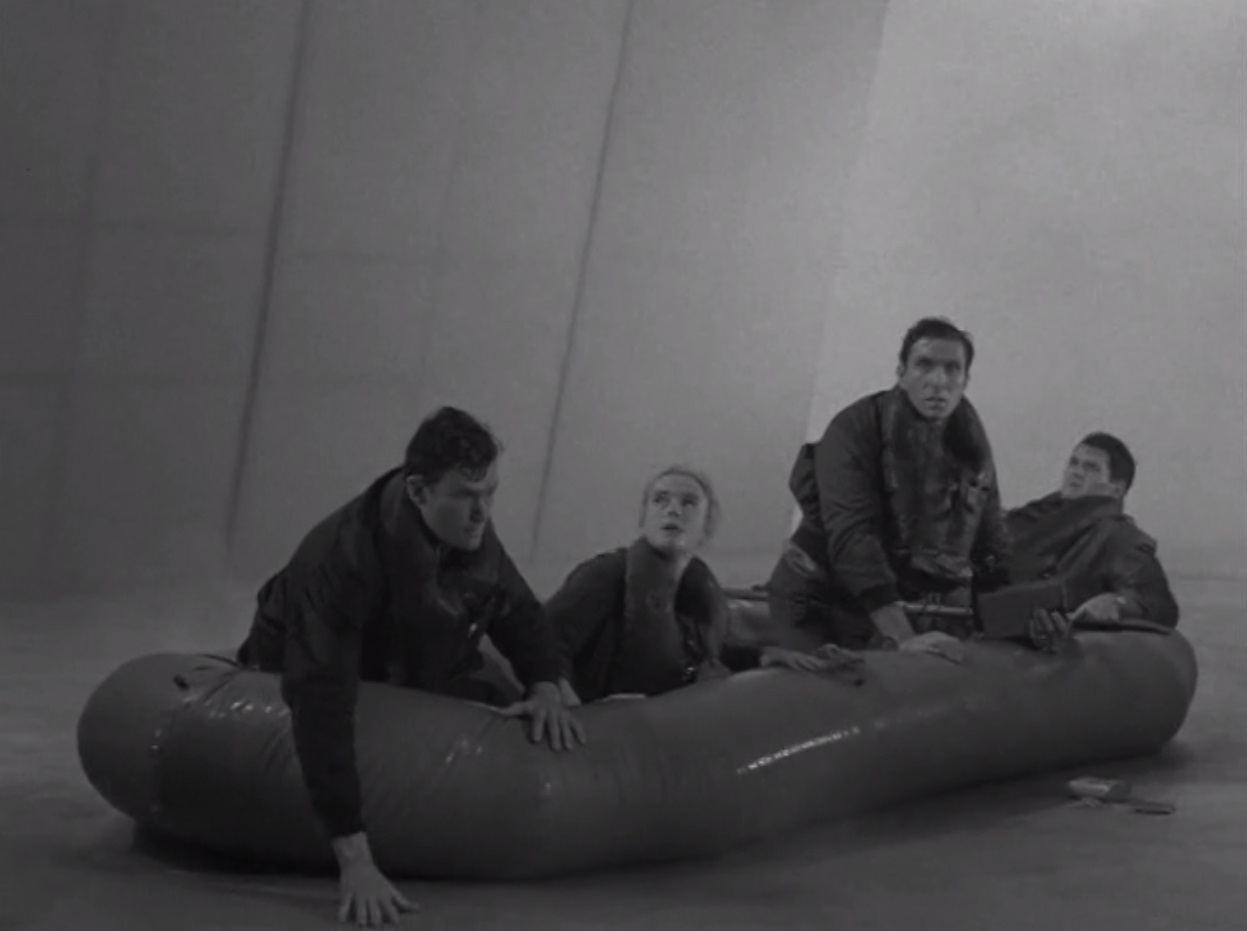
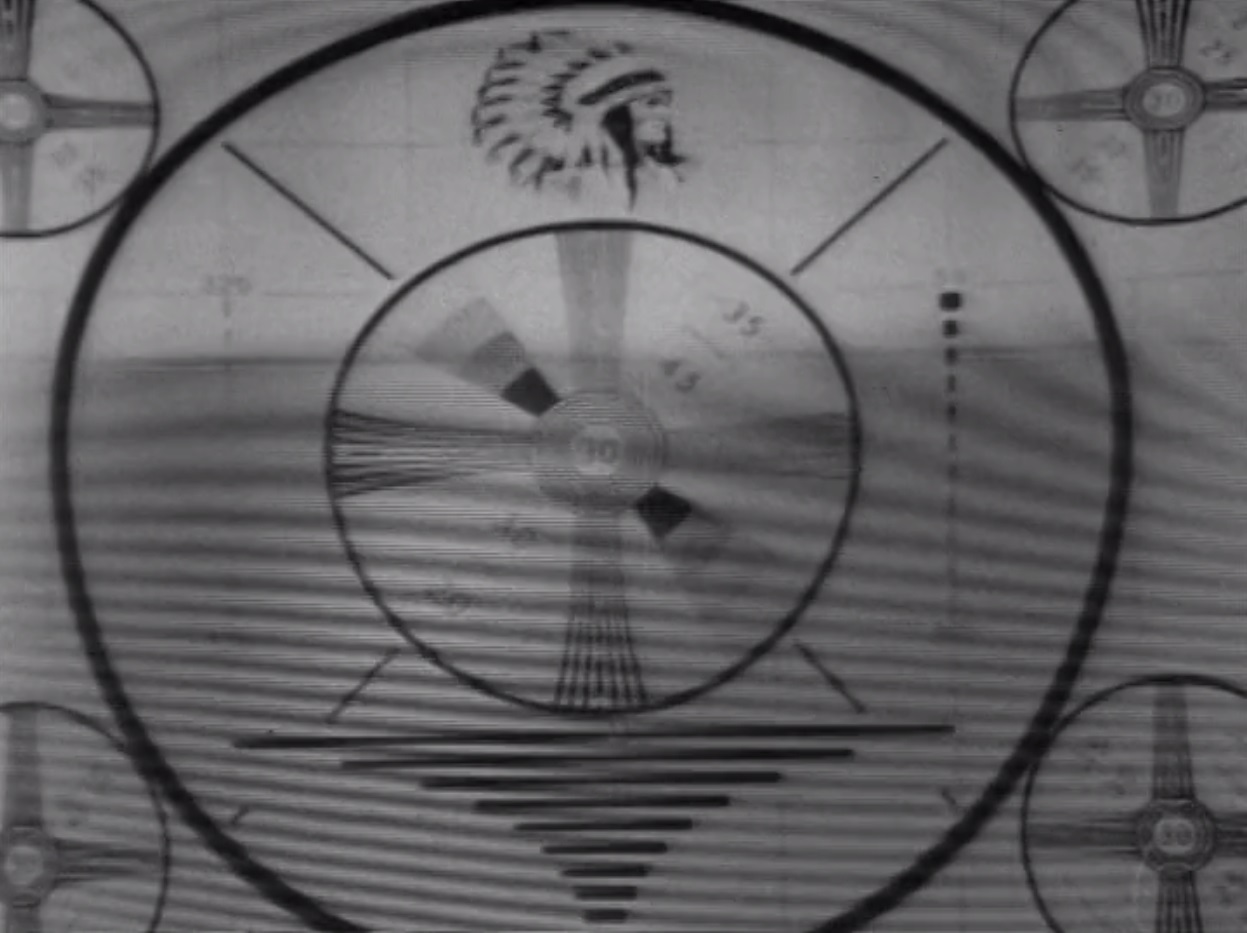


![[July 10, 1964] Greetings from the Red Planet (The Movie, <i>Robinson Crusoe on Mars</i>)](https://galacticjourney.org/wp-content/uploads/2019/07/640710b-672x372.jpg)
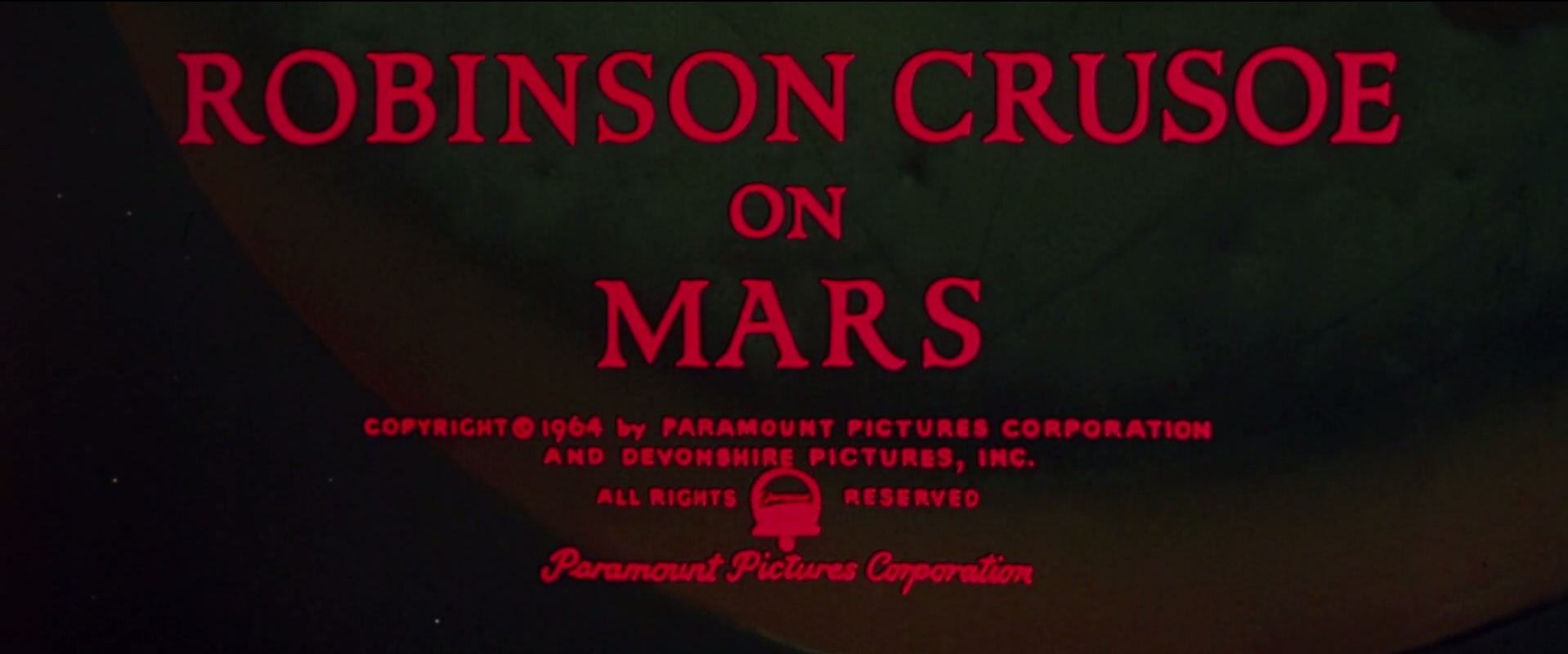
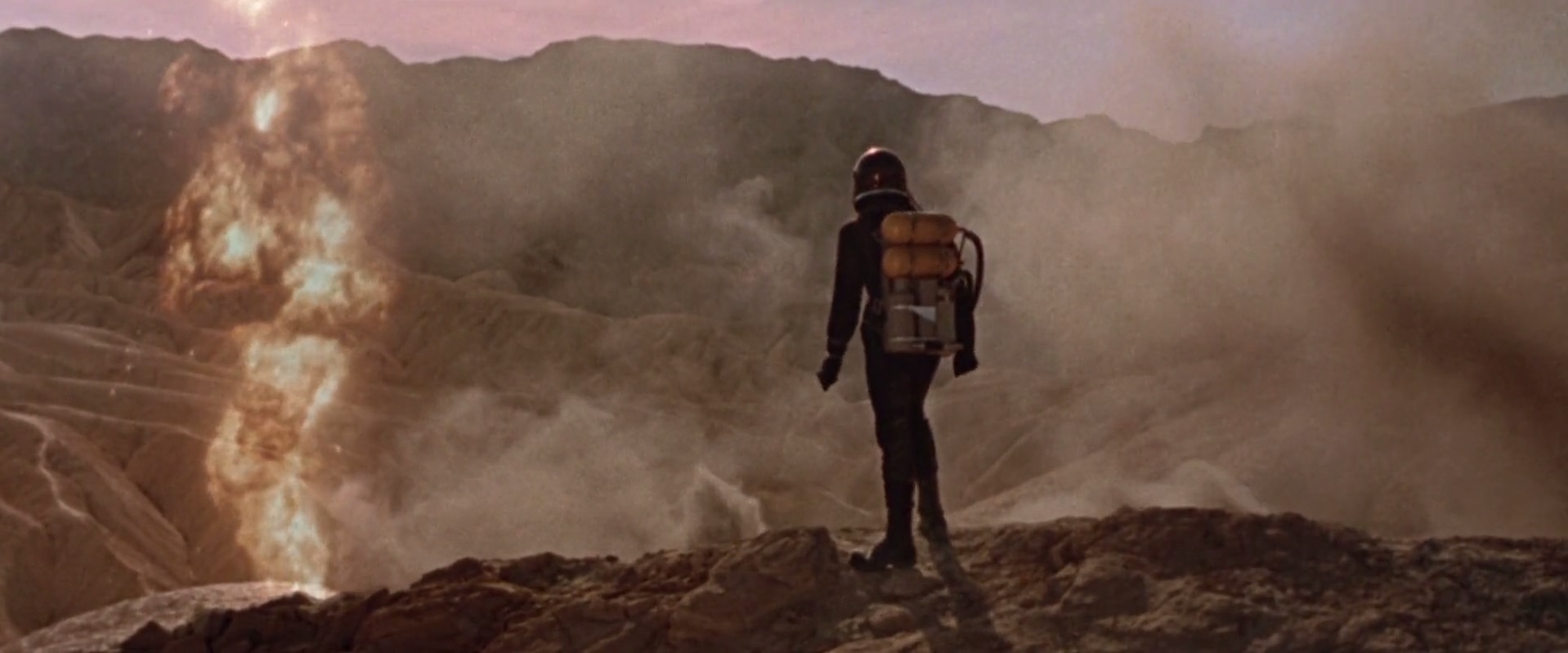
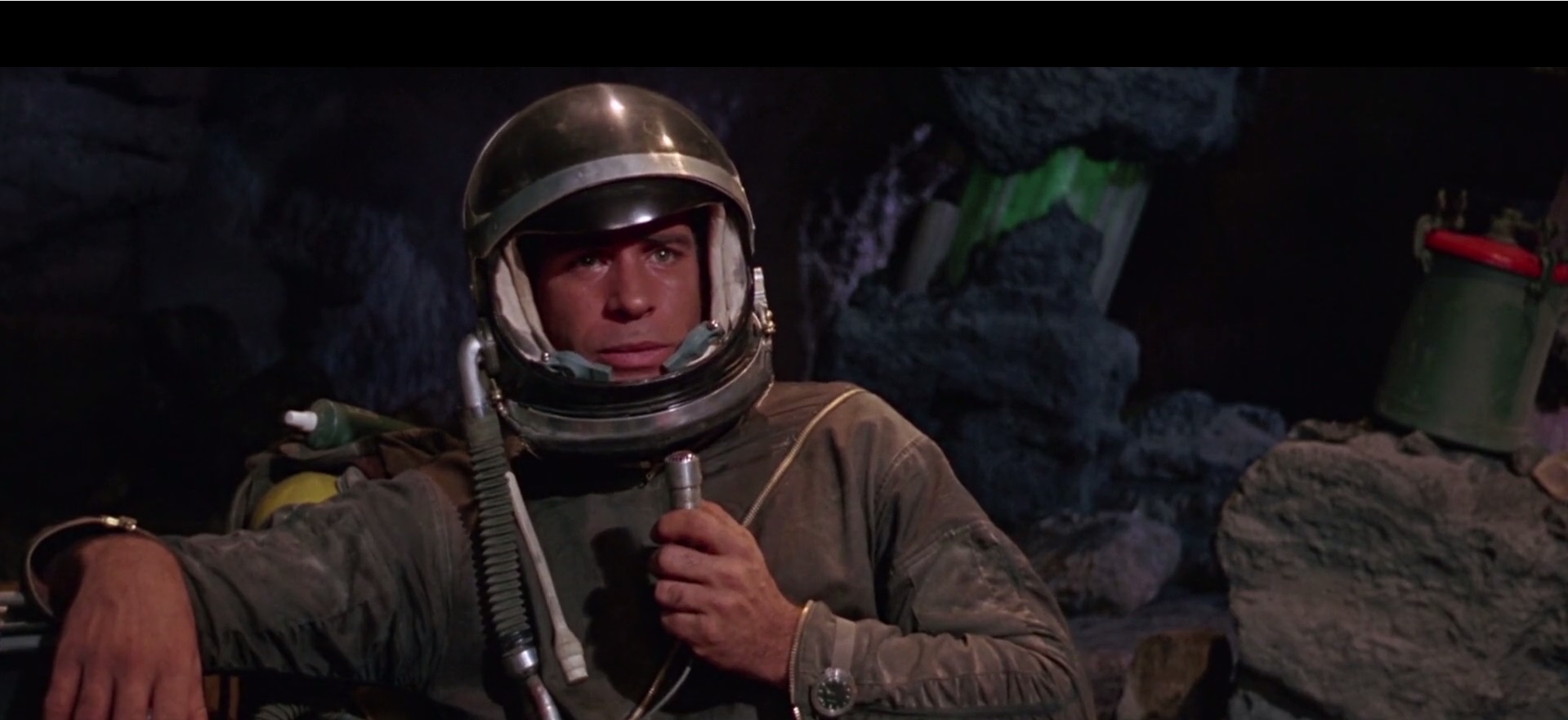

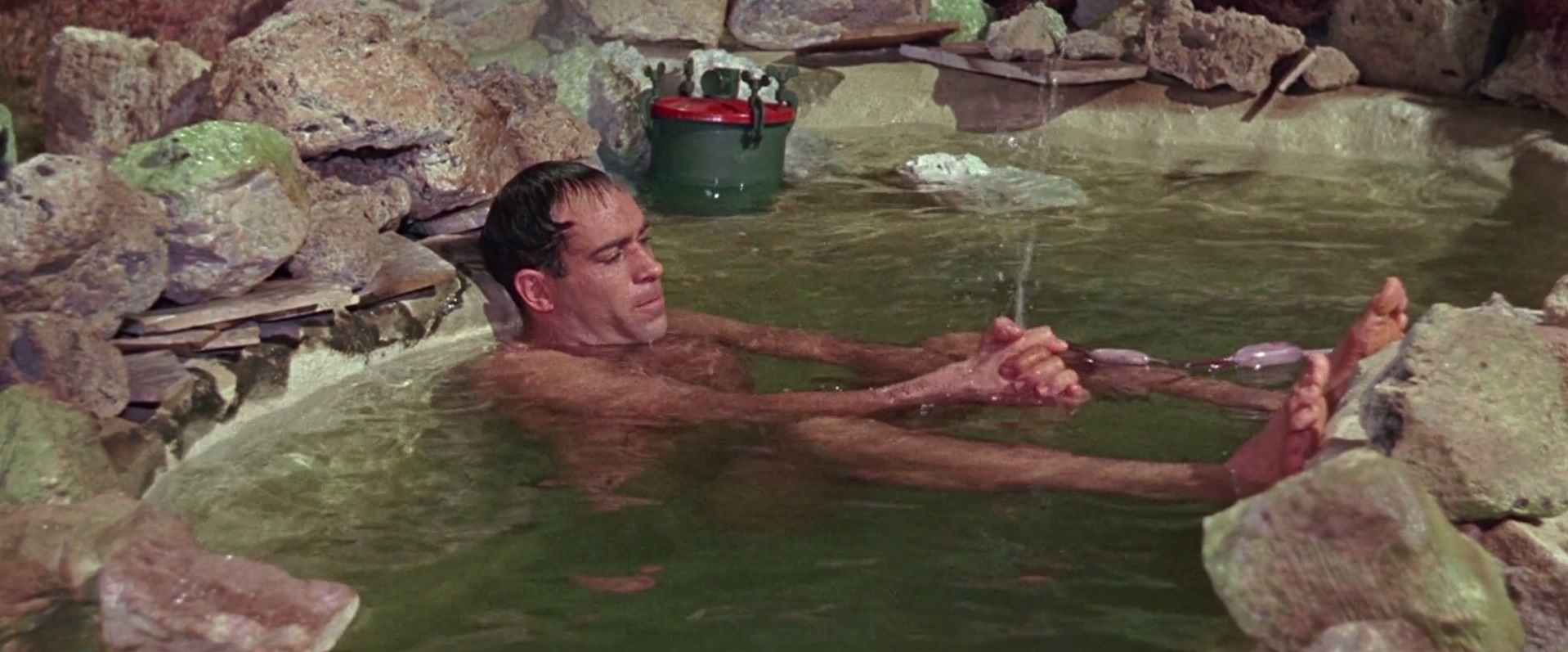
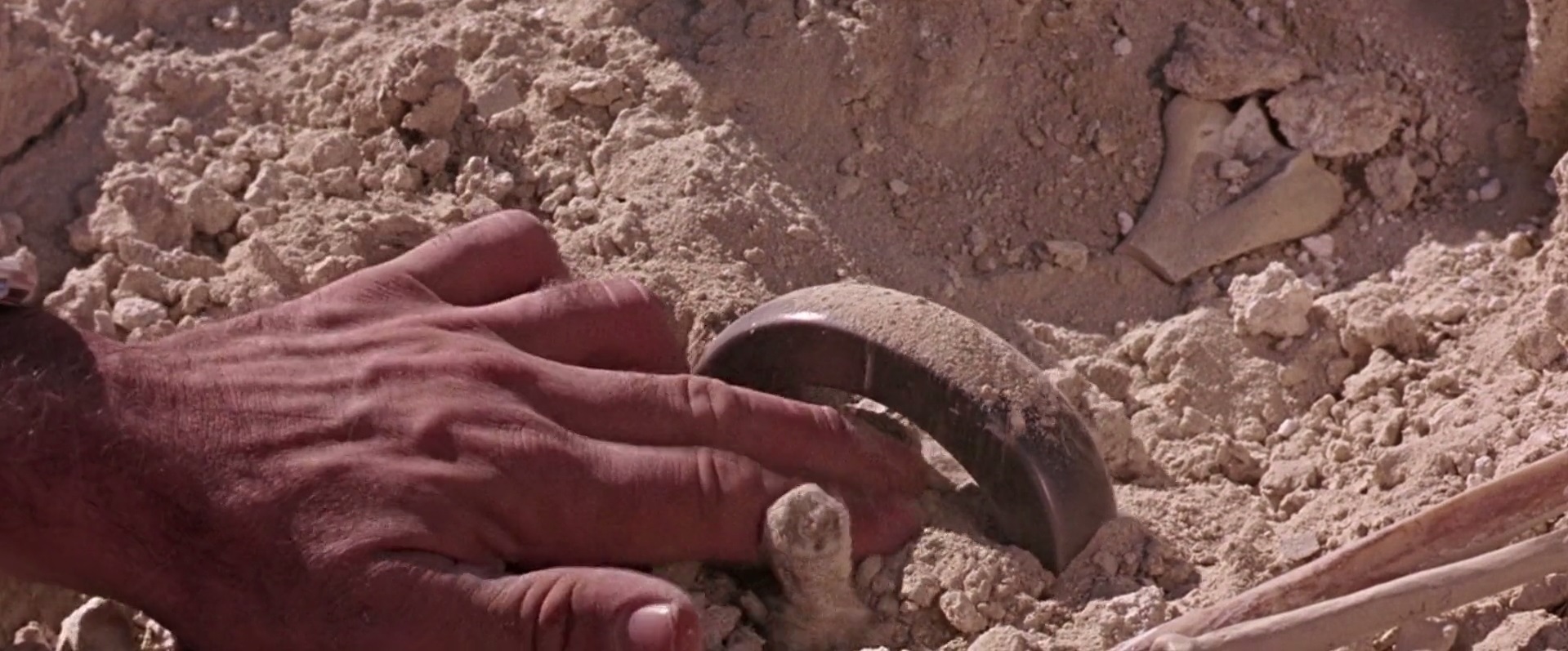

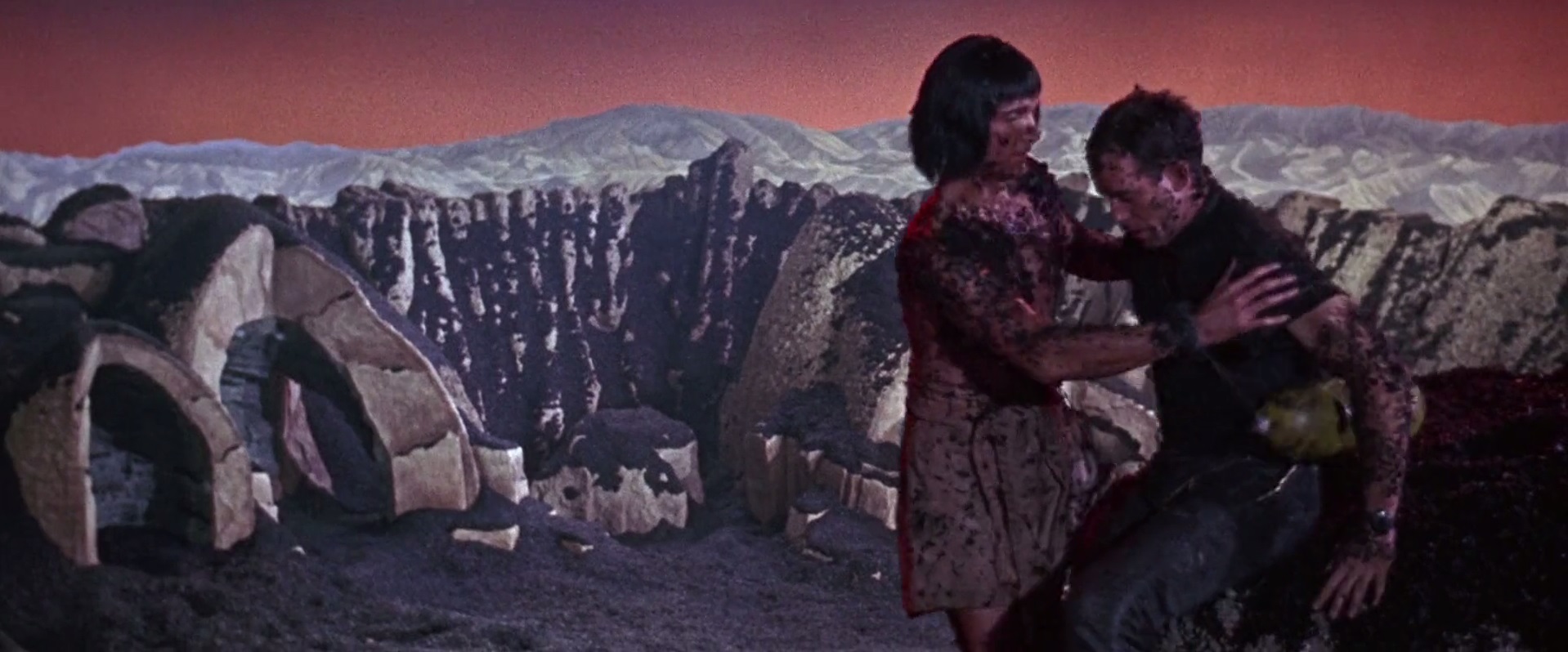
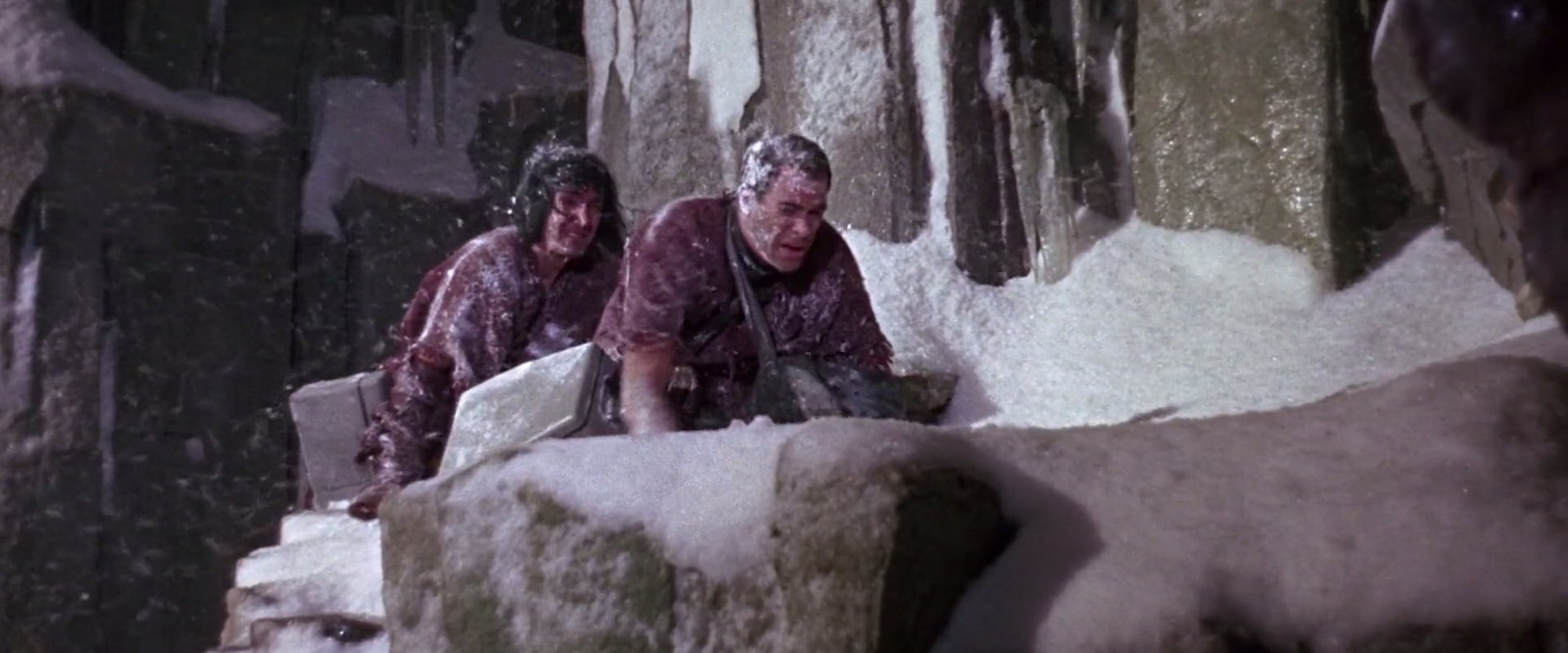



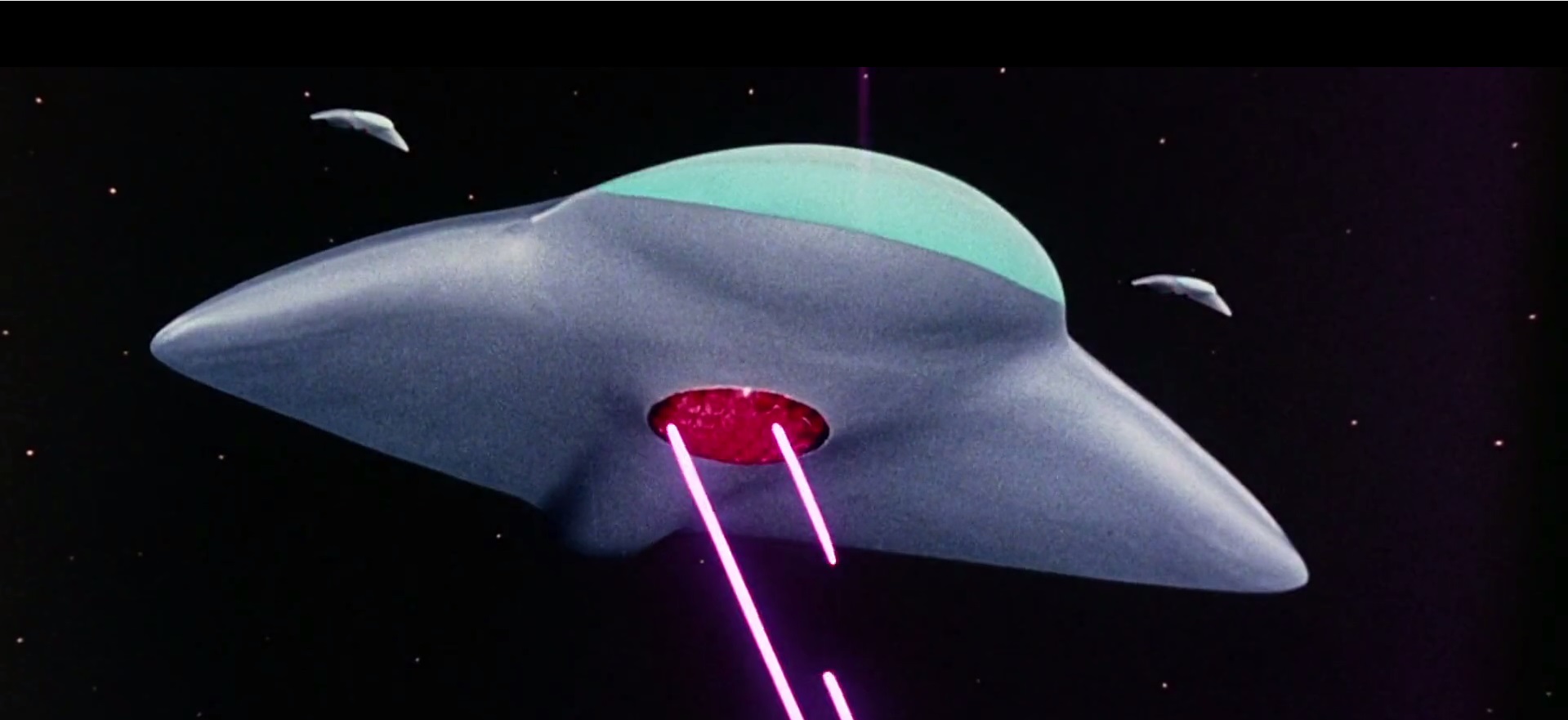
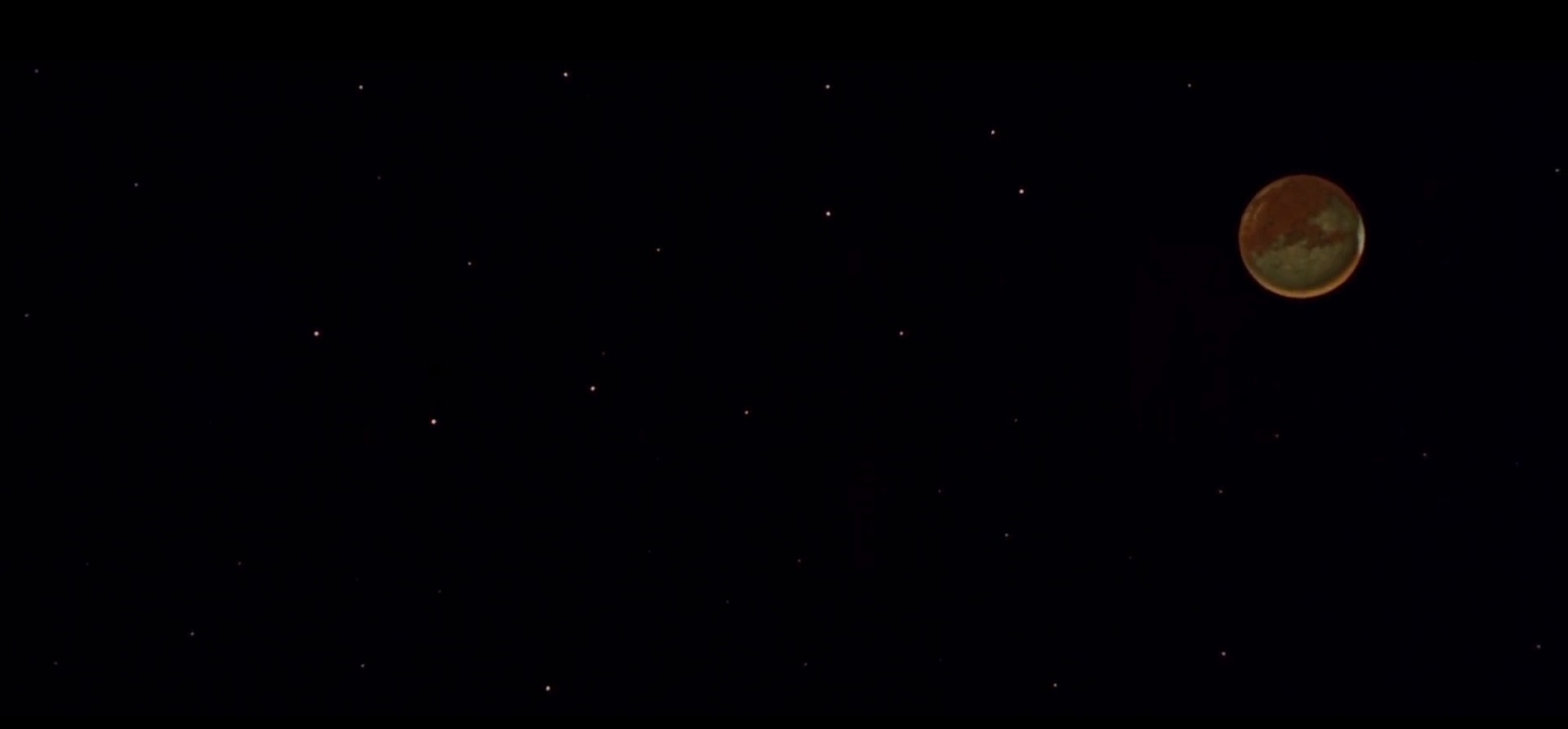
![[November 5, 1963] Beginning to see the light (November 1963 <i>Gamma</i>)](https://galacticjourney.org/wp-content/uploads/2018/11/631105cover-660x372.jpg)









